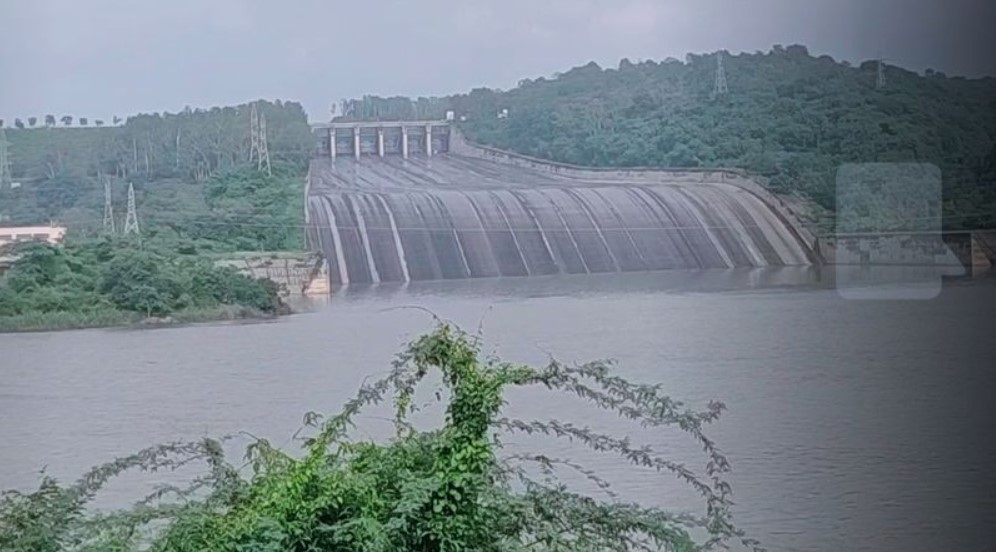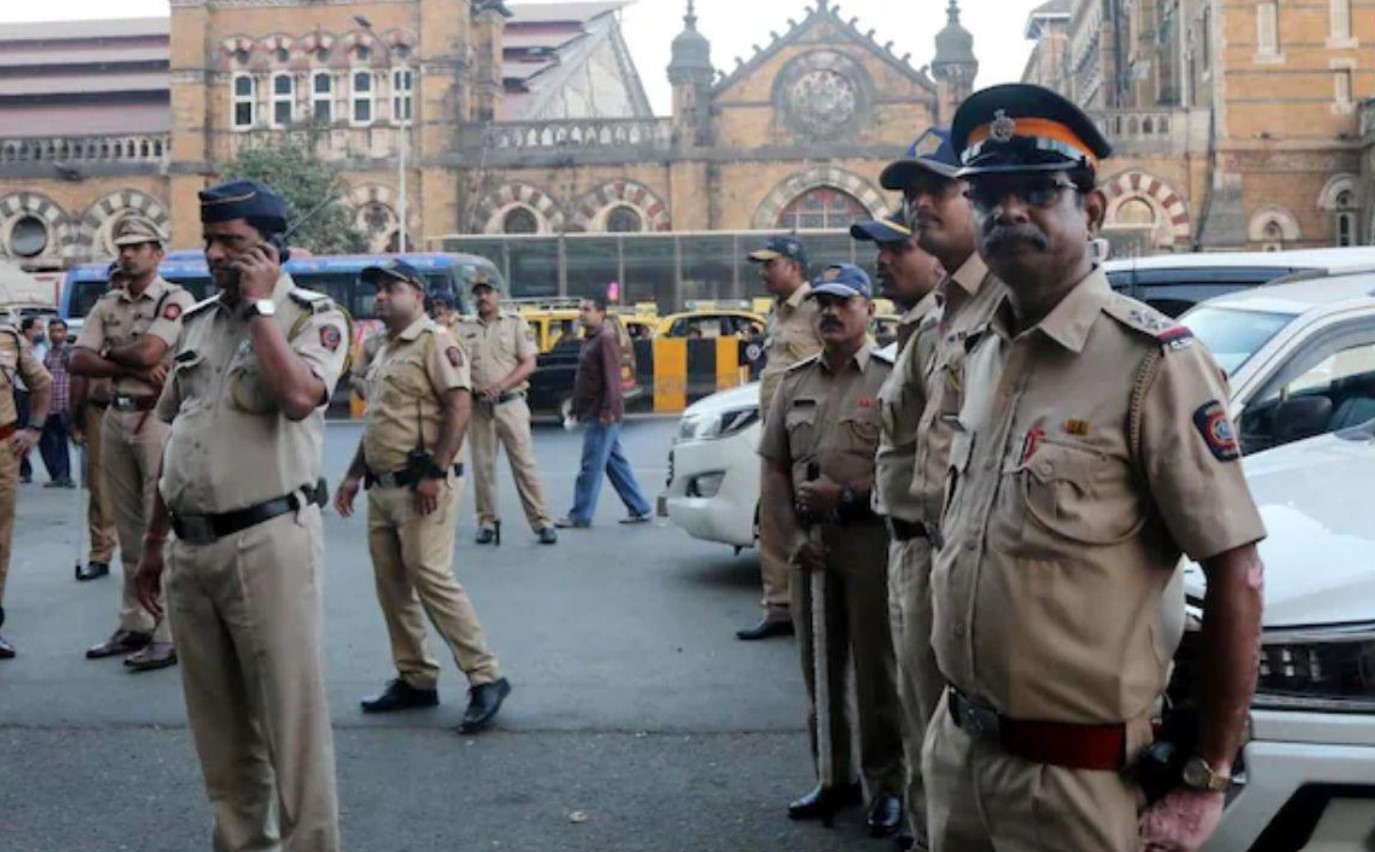Punjab is on alert after continuous heavy rains in Himachal Pradesh caused water levels in major dams to rise sharply, triggering concerns of floods in downstream areas. With rivers Beas and Satluj swelling and water steadily flowing into Punjab’s plains, the state government has pressed its response teams into action.
For nearly a week, controlled releases have been taking place from Pong Dam, while Bhakra Dam authorities also began discharging water over the past two days. These discharges have already affected several villages in Sultanpur Lodhi, Tanda, Nangal, Ferozepur, Fazilka, and Tarn Taran, leading to widespread concern among residents.
On Wednesday evening, the Bhakra Beas Management Board (BBMB) convened an emergency meeting to review the situation. During the discussion, representatives from Himachal Pradesh requested that water releases into the Beas River not be restricted, arguing that holding back water could worsen flooding in their own region.
From Thursday onwards, 75,000 cusecs of water will be released in a regulated manner from Pong Dam, where inflows had touched nearly 1 lakh cusecs on Wednesday. Bhakra Dam has also reached a high level of 1666.32 feet, necessitating further controlled releases beginning Thursday.
Recognising the seriousness of the situation, the Punjab government has deputed several cabinet ministers to oversee relief and safety measures in vulnerable areas. Cabinet Minister Barinder Kumar Goyal has been assigned to Ferozepur and Tarn Taran to assess the ground realities, while Minister Hardeep Mundian will monitor the situation in Sultanpur Lodhi. Minister Laljit Bhullar will personally distribute relief supplies in Patti, and Health Minister Dr. Balbir Singh will coordinate with district officials and Indian Medical Association members in Kapurthala to strengthen the medical response.
With the flood threat looming large, the state machinery is on its toes, bracing for further challenges as heavy rains continue in the hills.



